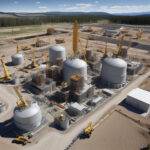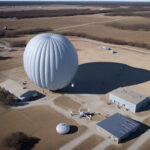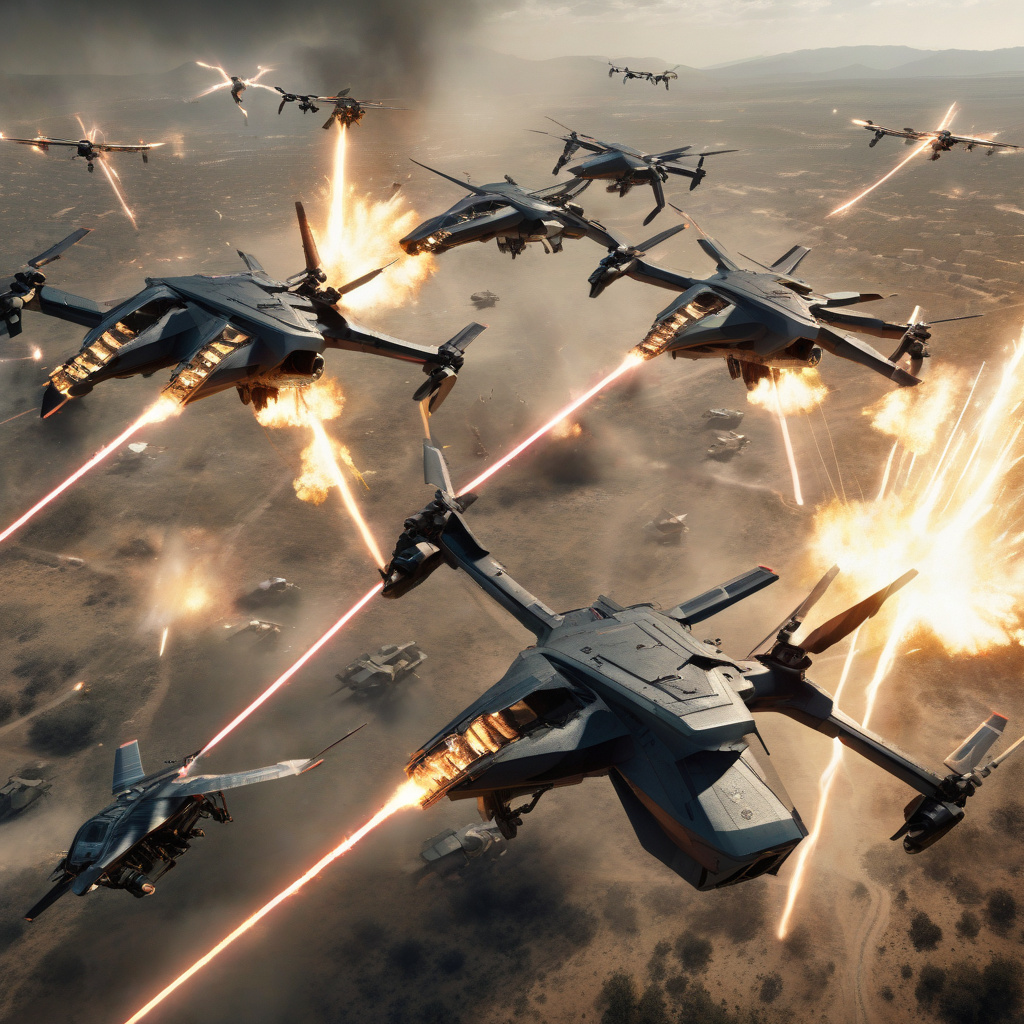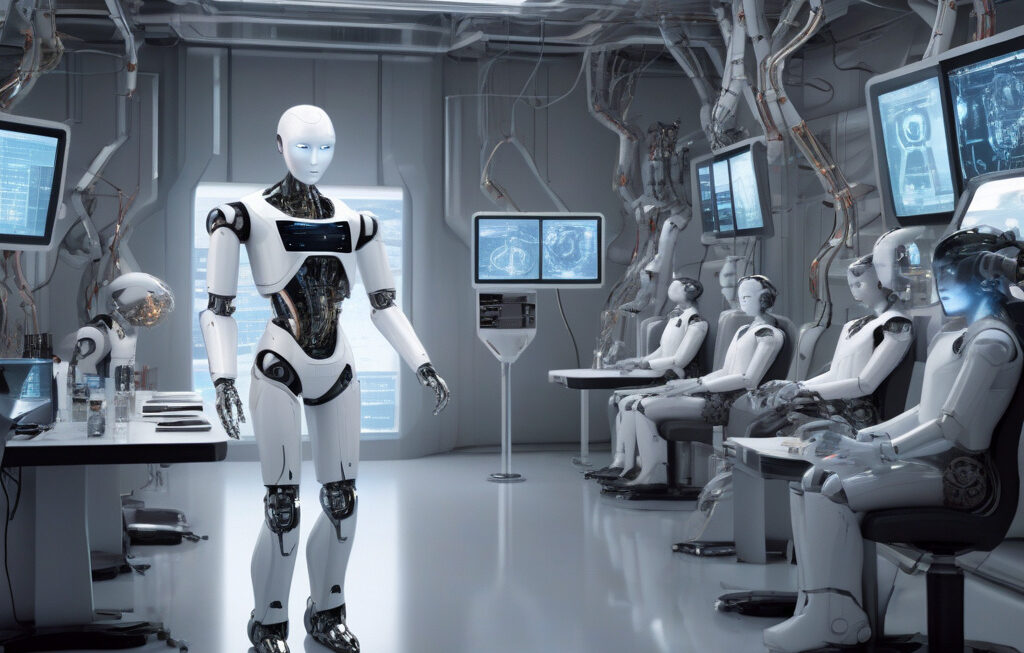Drone Wars: How AI and Autonomy Are Changing the Game
In our latest episode of Lexicon, we sat down with Bill Irby, CEO of AgEagle, a leading company in the drone industry. Our conversation revolved around the fascinating intersection of artificial intelligence (AI) and autonomy in the world of drones, and how these technologies are revolutionizing the way we approach various fields, from agriculture to surveillance and beyond.
One of the key points that Irby emphasized during our discussion was the significant role that AI plays in enhancing the capabilities of drones. By equipping these unmanned aerial vehicles with advanced AI algorithms, drones are now able to process vast amounts of data in real-time, allowing them to make split-second decisions and adapt to changing environments with unparalleled efficiency.
Moreover, the integration of autonomy into drone systems has further amplified their potential. With the ability to operate independently and perform complex tasks without direct human intervention, autonomous drones are reshaping industries such as logistics, construction, and disaster response. The level of precision and accuracy that autonomous drones offer is unmatched, leading to increased productivity and cost savings for businesses across the board.
A prime example of this transformative power can be seen in the agricultural sector, where drones equipped with AI and autonomy are revolutionizing traditional farming practices. By collecting and analyzing data on crop health, soil conditions, and weather patterns, these drones enable farmers to make data-driven decisions that optimize yields and reduce resource wastage. The result is a more sustainable and efficient approach to agriculture that benefits both the environment and the bottom line.
But the impact of AI and autonomy in the drone industry extends far beyond agriculture. In the realm of surveillance and security, drones are now capable of performing complex reconnaissance missions with minimal human oversight, enhancing situational awareness and response capabilities. This is particularly crucial in emergency situations where time is of the essence, such as search and rescue operations or disaster management.
The commercial potential of AI-powered drones is also gaining traction in sectors like infrastructure inspection, where drones can access hard-to-reach areas and provide detailed visual data for maintenance purposes. By streamlining inspection processes and reducing the need for manual labor, companies can improve operational efficiency and ensure the safety of their assets.
As we look to the future, the continued advancement of AI and autonomy in drones holds immense promise for industries worldwide. From increasing productivity and reducing costs to enabling new applications and services, the possibilities are endless. However, it is essential to address the ethical and regulatory considerations that come with this technological evolution to ensure responsible and safe integration into our society.
In conclusion, the synergy between AI and autonomy is undeniably reshaping the landscape of the drone industry, unlocking new opportunities and capabilities that were once thought impossible. As companies like AgEagle continue to push the boundaries of innovation, we can expect to see drones play an increasingly vital role in our ever-changing world.
drone, AI, autonomy, technology, innovation












